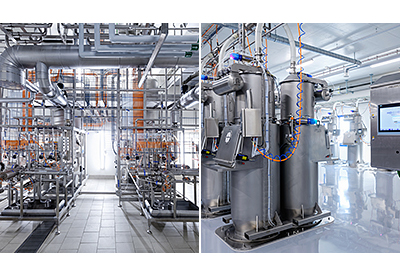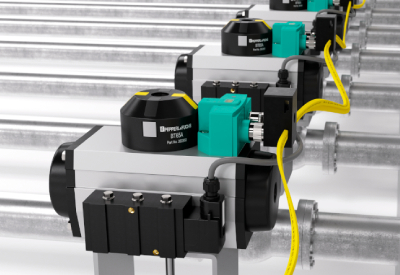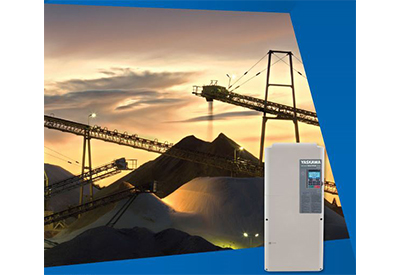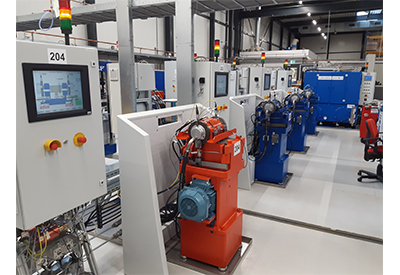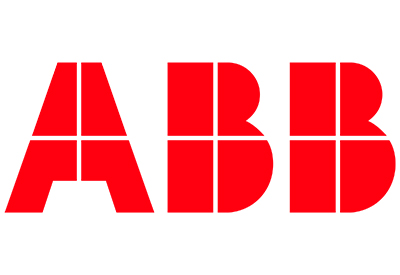Four Ways to Dramatically Improve Your Logistics Applications
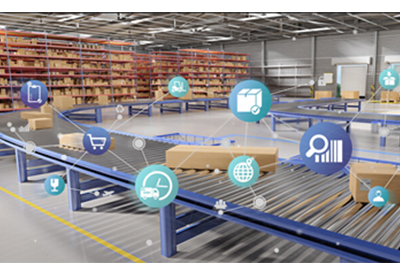
March 29, 2021
In the logistics industry, it’s always a race to be the fastest company to get deliveries out the door while also maintaining a standard of impeccable accuracy at the lowest possibl cost. With heated competition all around, it’s no wonder that next-generation technologies are essential to becoming a trendsetter in this industry.
Let’s take a look at four major technology trends that are currently transforming the logistics industry.
1. Robotic pallet handling
Frequent SKU shuffling requires flexible floor arrangement and efficient usage of the warehouse space. More space equals more product storage, which in turn means higher product availability and faster delivery. Automated systems must be able to add value without reducing the amount of storage space available.
One of Omron’s many strengths is in their autonomous mobile robot (AMR) technology, which can safely navigate in narrow, dynamic and peopled environments thanks to highly advanced onboard mapping software and safety features. The Omron Fleet Manager platform is also available to let multiple AMRs function as a coordinated team.
Omron’s HD-1500 mobile robot can be combined with a collaborative robot to provide a highly compact, automated solution for palletizing, depalletizing and transportation. The flexibility of this solution allows warehouses to dramatically reduce restrictions on floor layout and reduce dependency on forklifts, which can be hazardous.
2. IIoT and data analytics
Understanding the performance of a warehouse system – especially the reasons behind errors – is a key step in achieving competitive productivity levels. Industrial Internet of Things (IIoT) technologies and artificial intelligence (AI) can be of much benefit here. These innovations can process gigantic amounts of data to produce insights into machine function and other things.
Omron offers an AI controller for machine-level anomaly detection on conveyor and sortation systems that warns warehouse managers of potential issues before repairs are necessary. Other IIoT solutions from Omron include the NX controller that provides timestamped data for machine performance analytics and the Aveva Edge platform for system data visualization.
3. Safety products and services
Even if products aren’t actually being manufactured inside a warehouse, that doesn’t mean that warehouses lack any safety concerns. In fact, collisions account for a large percentage of accidents that take place inside a warehouse, and these safety incidents can lead to costly and lengthy periods of operational downtime.
Omron has a wide-range of safety offerings that encompass safety scanners like the OS32C for AMRs, safety light curtains like the F3SG-SR, pull cords for conveyor safety, and safety controllers like the G9SP. The F3SG-SR stands out among other light curtains with its top-notch muting system and broad operating temperature range that allows for cold storage.
4. Label inspection and traceability
For suppliers or logistics service providers, items delivered with incorrect or unrecognizable labels lead to penalties charged by end-users. This is why it’s essential for fulfillment and distribution centers to have a robust label inspection system. Packaging labels must be fully readable and must accurately represent the type of product contained in the package.
In addition to small-size, low-cost barcode readers, Omron offers comprehensive label inspection solutions that prevent inaccurate and low-quality labels from being sent out unwittingly. These systems grade labels according to a variety of ISO and GS1 print quality standards.


